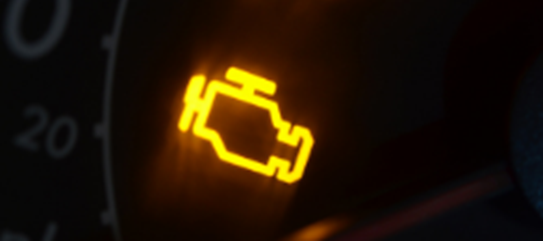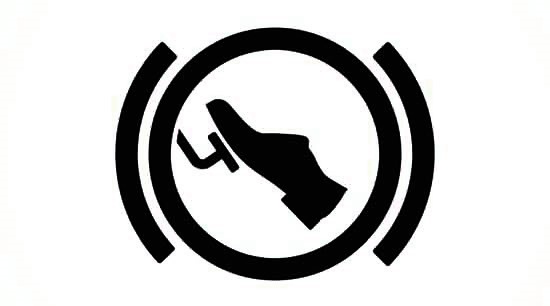by Rich Ellis
What is it?
Today’s sophisticated vehicles rely on a computerized engine management system – which includes the check engine light – to monitor and control a wide variety of vehicle functions and systems. Some vehicles had on-board computers as early as the mid 1970’s, but it wasn’t until 1996 that vehicle manufacturers were required to include Onboard Diagnostics (OBDII) systems to generate vehicle troubleshooting data that was standardized across the industry.
What it means
The check engine light illuminates when the OBDII detects a problem, and it usually won’t turn off until the problem is fixed or the system is reset by a service technician. In most vehicles, the check engine light will do one of two things – flash or remain solid. A solid or steady light indicates a problem that needs to be diagnosed in the near future, but you can continue driving. A flashing light is more serious. It means there’s a problem that needs to be investigated immediately, and that if the vehicle continues to be driven, more serious damage is likely to occur.
What to do about it
Schedule an appointment with a vehicle repair shop as soon as possible when the check engine light illuminates. Anytime the OBDII system detects a vehicle problem and turns on the light, it also generates and stores a code in the system’s memory. Your service technician has specialized equipment that plugs into the vehicle’s OBDII system and reads the trouble code or codes generated. They can then review that code against an industry database to help identify the severity of the problem, narrow down which vehicle system it’s occurring on, and decide how to fix it. You can also help your technician by noticing if any other gauges registered outside the normal range, or if other indicator lights came on at the same time as the check engine light.
Happy driving!
Brown’s Alignment




